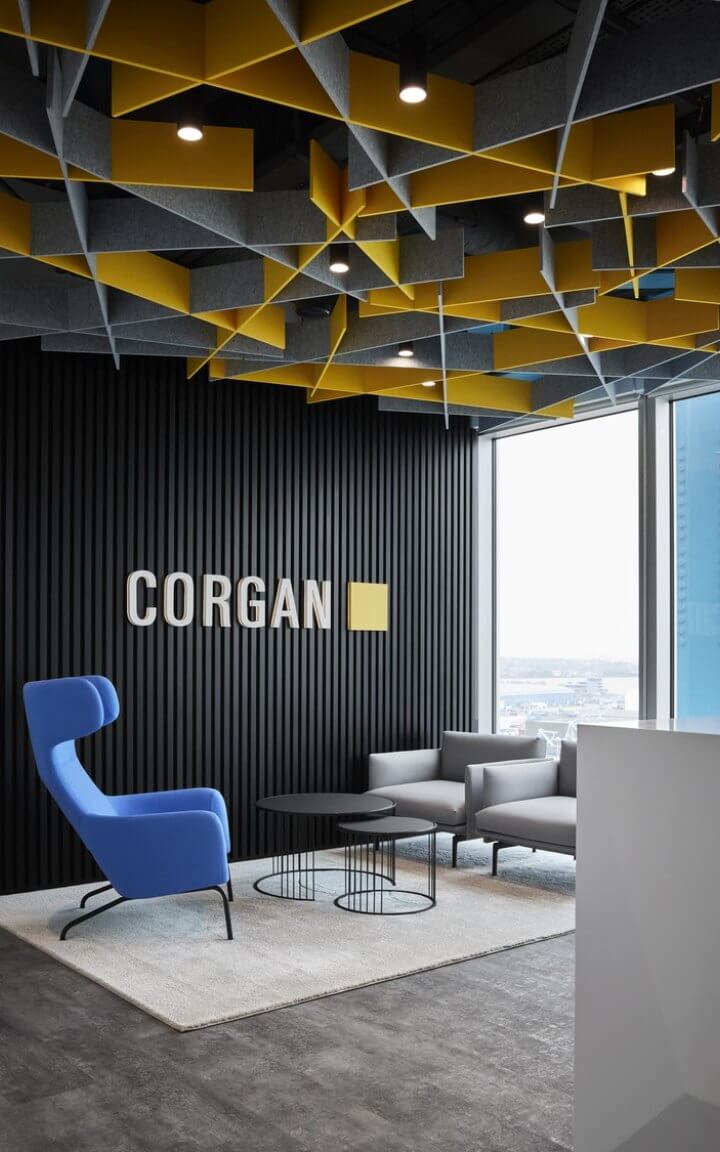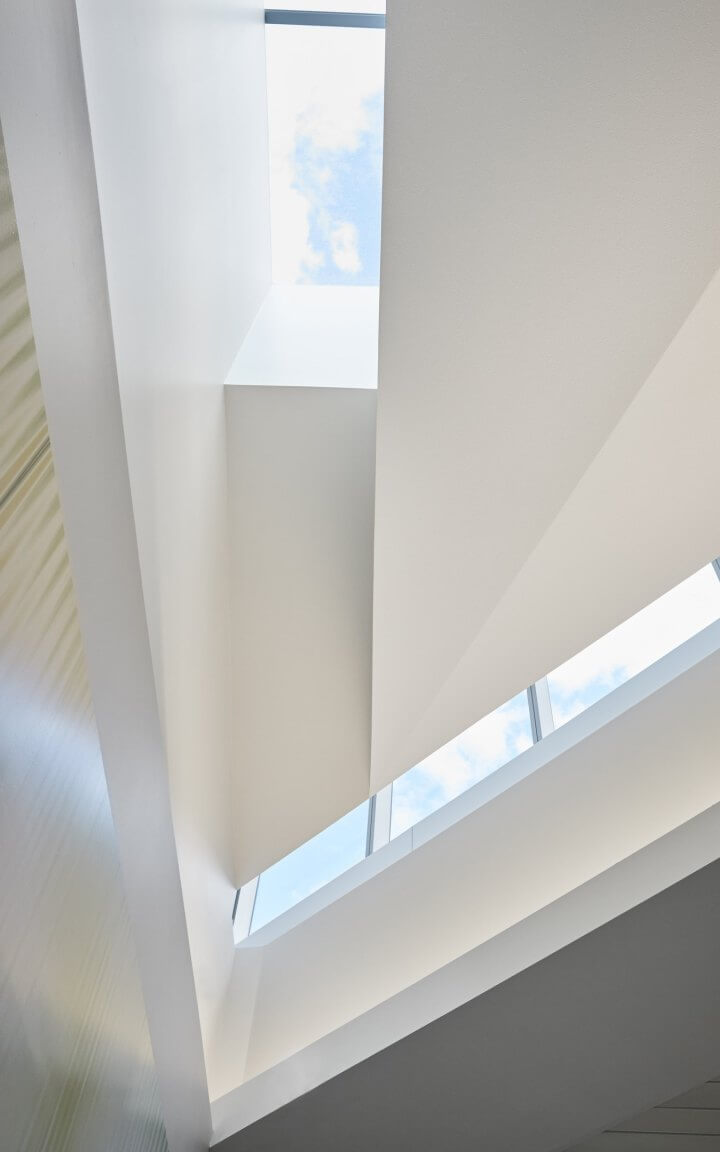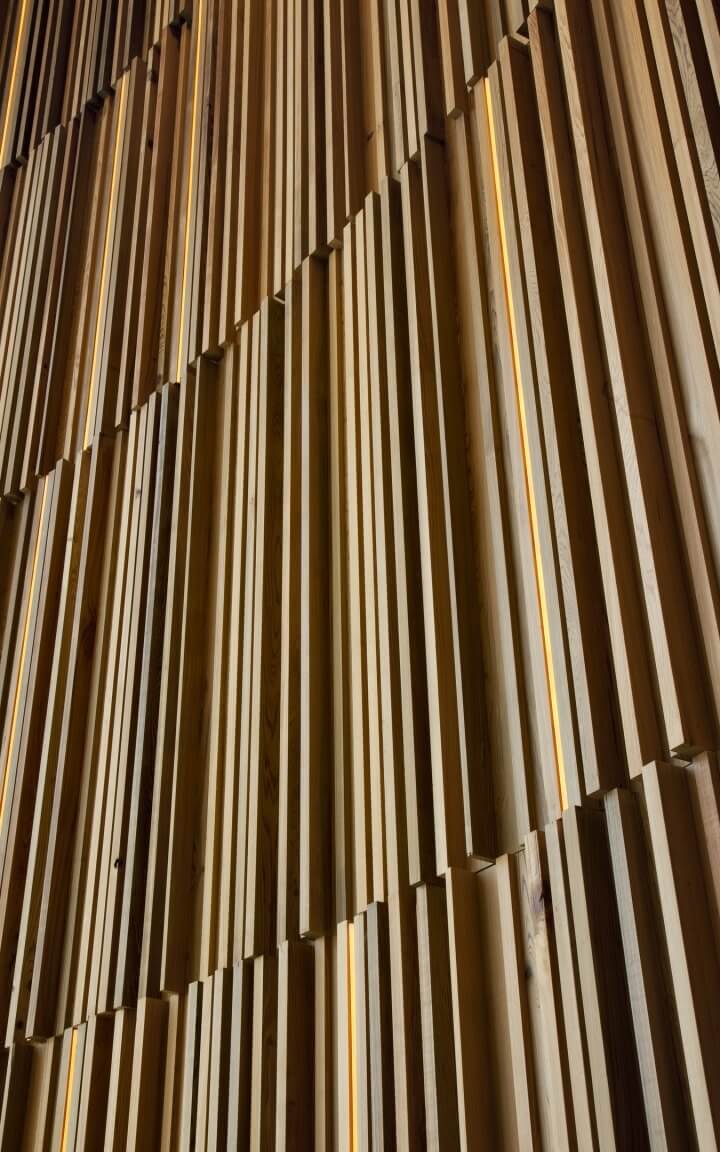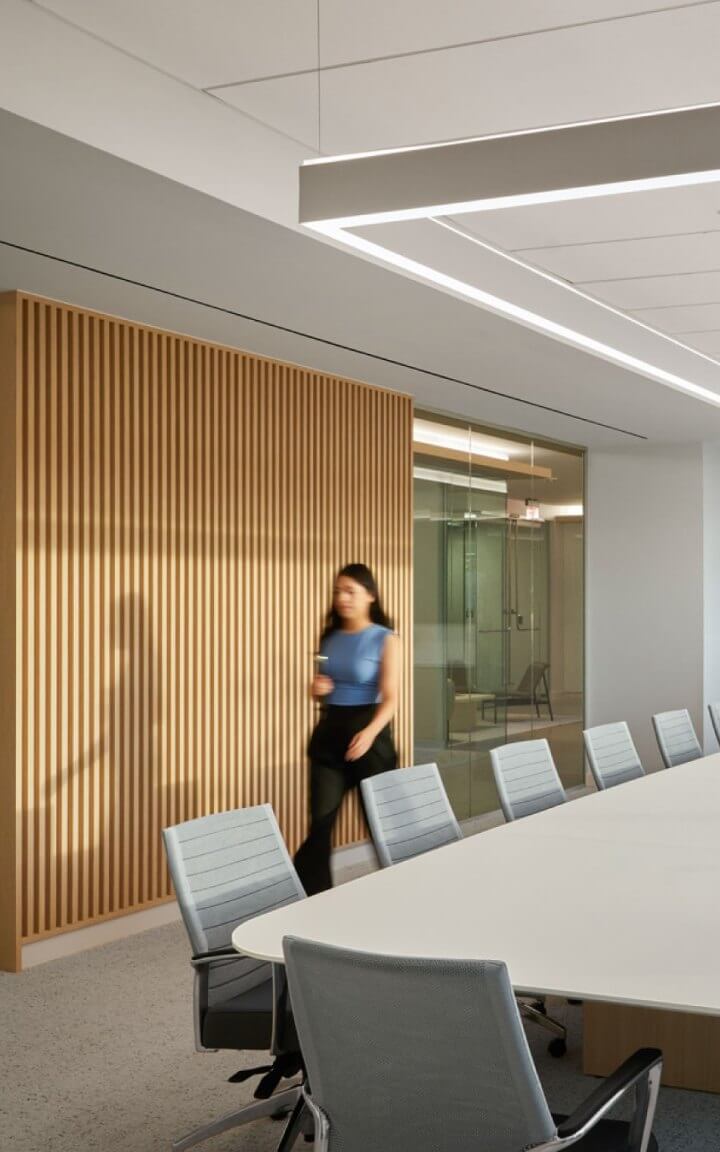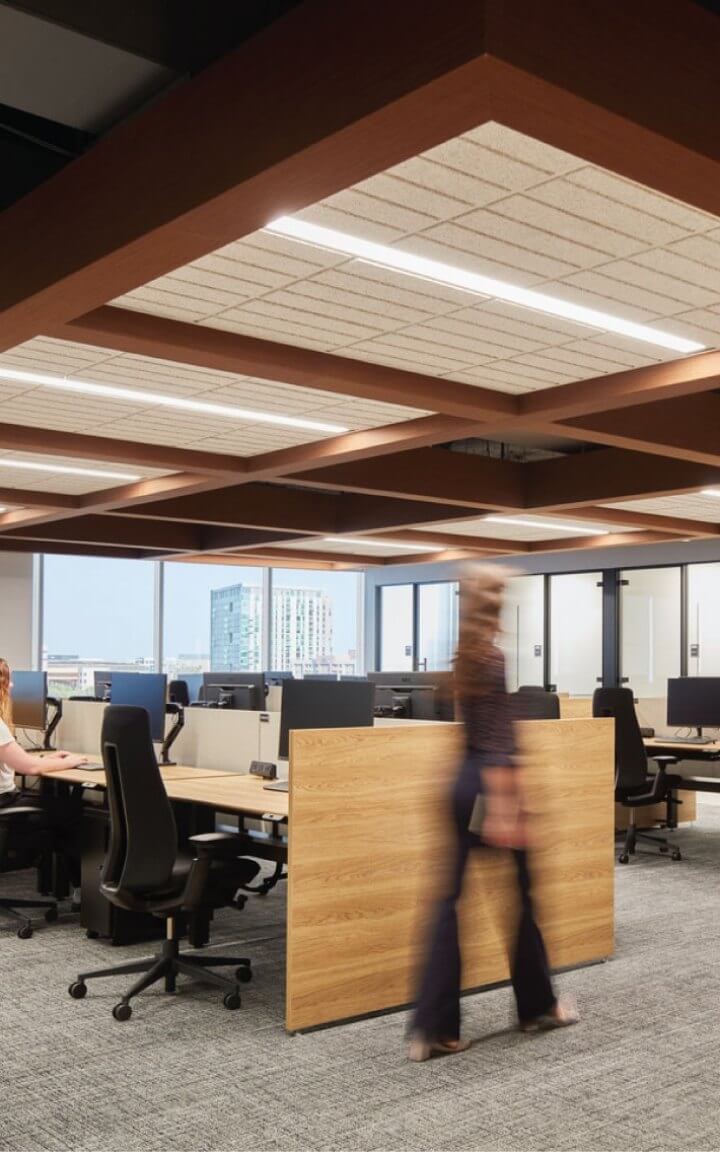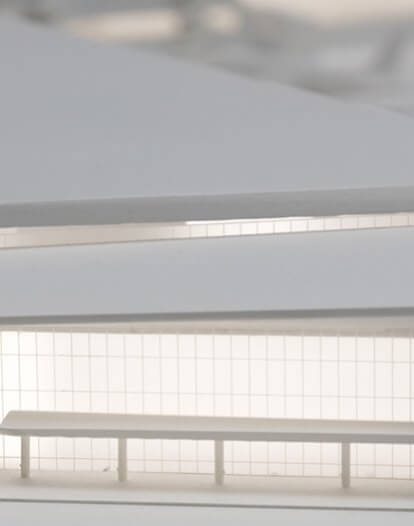Inside The Shop, Corgan’s Architectural Makerspace
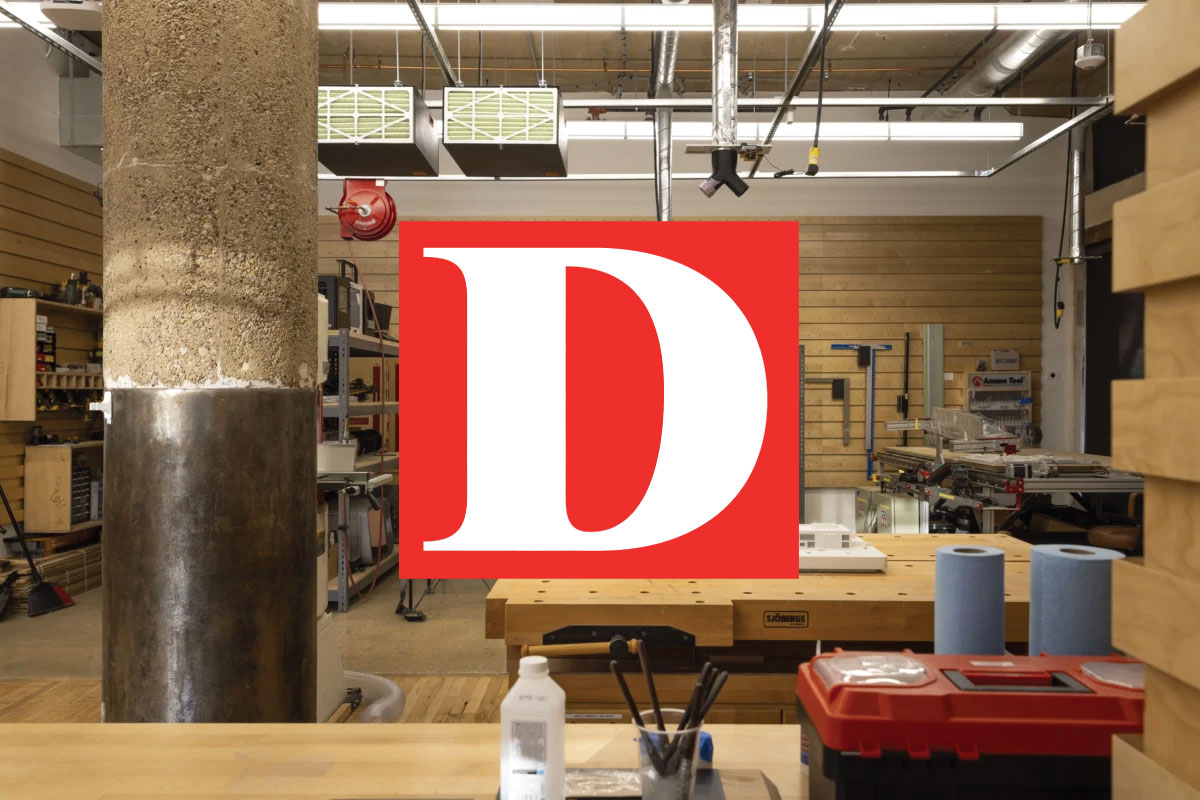
On a January afternoon, The Shop is alive with the quiet hustle that tends to pervade the air in creative spaces. Digital ideas are being actively transformed into layers of plastic in one of the many 3D printers lining metal shelves. There’s also work being done with more hands-on equipment. The shop’s components include a laser cutter, CNC router, a joiner planer, drum sander, table saw, and miter saw. There’s also a sophisticated ventilation setup for removing dust, a silent killer, from all surfaces. Here, the finer points of traditional woodworking and craftsmanship intersect with the advent of fabrication technology—and it’s all with the goal of bringing design concepts for specific projects one step closer to reality in a way that helps designers, architects, and clients.
That could include projects like 700 Jackson Street, but also for aviation projects in London: The Shop services Corgan offices across the United States and worldwide.
In its earliest phases, Corgan’s office had fabrication equipment, but it was used on a project-need basis or by individuals who enjoyed doing so—there was no director or dedicated team. In 2019, when the company expanded its Dallas office, there was an interest in investing more in making models to show clients. A team of one person was formed. That team expanded to two and then three team members, and, after seeing an increase in demand for fabrication and model making, moved to an expanded 3,000-square-foot space in the West End near the end of 2024. The team now has six people and is in a space that is four times the size of its previous location.
That expansion comes in the midst of the design industry’s continuous shift into the use of digital visualization tools. But, Wells points out, a rendering will only take you so far.
“A project could benefit enormously from a scale model that’s rather simple in design, but that is interactive,” Wells said. “Maybe a project will benefit enormously from a massive presentation model with lights and power. Or maybe a project will benefit from using cheaper materials, but to proof of concept and do a one-to-one mock up.”
